Nevada is located in the Western US, near California and bordered by Oregon and Idaho on the other sides. The summers are very hot, especially in the southern parts of the state. And the winters can be cold. There’s not a lot of precipitation or snow. But winter temps can drop from 20-40 degrees. It is dry and mostly clear year-round.
Nevada has, in general, what people would call a desert climate. Much of the state is located in the Great Basin. This means many native plants are those that do well in the desert. If you want to start a native garden of your own, this Nevada native plants list will help you get started.
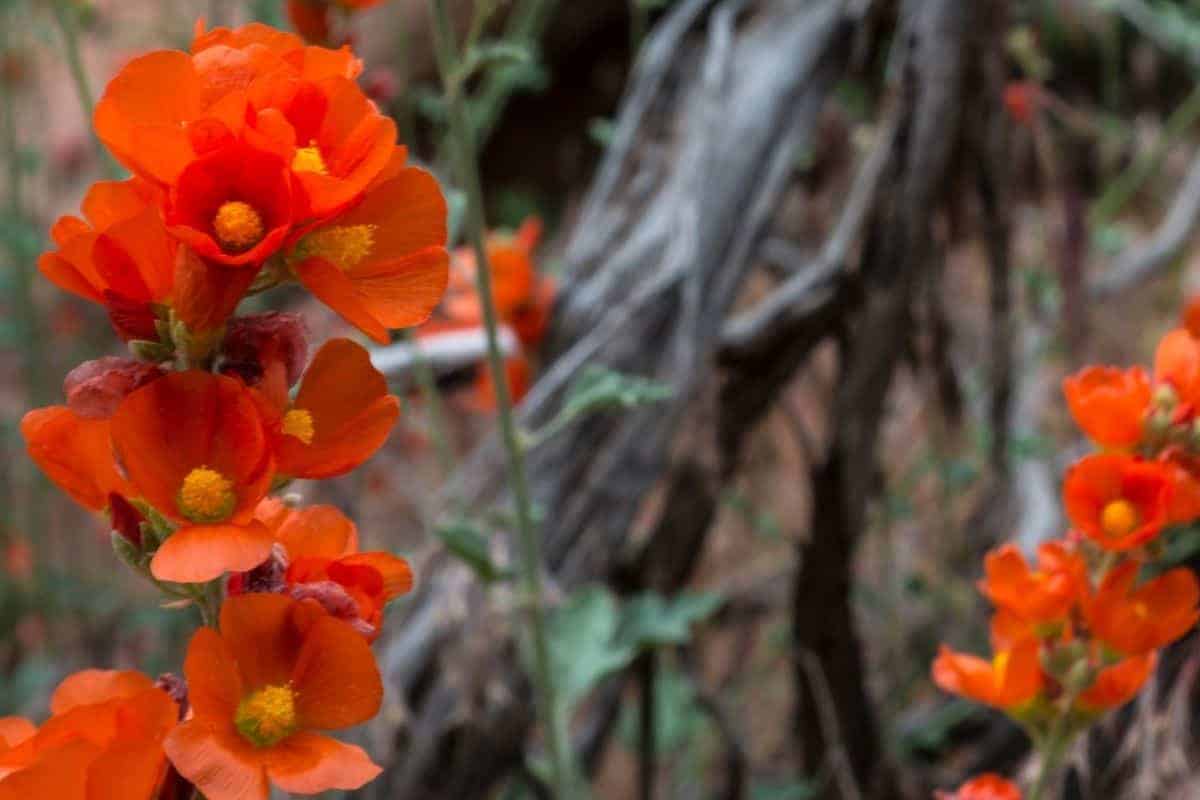
Nevada Native Plants List
Nevada is considered the driest state in the United States. Here are some plants that are native to the state that you can use in your garden or landscaping.
1. Lewis blue flax (Linum lewisii)
Lewis blue flax is also called prairie flax, wild blue flax, or Lewis’s flax. It is a native perennial that can grow from 18-20 inches tall. Typically, it will not grow straight up but instead will lean at an angle.
The pale blue flowers have 5 petals each and measure from 1 to 1 ½ inch across. It will have darker blue veins. Several flowers can sprout from one stem, and they will bloom from the bottom upward. Seeds are produced on the lower flowers while the ones at the top continue to bloom. The narrow leaves are about ¾ an inch long.
The blue or purplish flowers bloom from March to September. The prairies flax likes medium water, dry soil, and full sun. It has a high drought tolerance.
Basically, this is a plant that thrives in desert conditions. It will make a beautiful addition to your garden or landscape.
2. Arrowleaf balsamroot (Balsamorhiza sagittata)
Arrowleaf balsamroot is a flowering plant that is part of the aster family and similar to sunflower. In fact, it’s sometimes called the Oregon sunflower. It has bright yellow flowers that are actually inflorescences composed of tiny flowers called florets. The ray florets create the appearance of a ring of petals.
They bloom from May to July and will brighten up any garden or landscape. It has a very large, thick taproot that grows deep, making it a hardy plant. Arrowleaf Balsamroot typically grows in large clumps with many arrow-shaped leaves and yellow blossoms.
3. Sticky purple geranium (Geranium viscosissimum)
Sticky purple geranium is another great choice when you want to bring some color to your garden. It is sometimes also called wild geranium and is a native perennial with pinkish-lavender to deep purple-magenta flowers. The seeds occur in capsules. They will be hairy and elongated and birds, deer, and other small mammals will eat the leaves.
Something very unique about sticky purple geranium is that it is protocarnivorous. When insects get trapped inside their sticky leaf surface, it can dissolve protein from them (essentially “eating” them). It’s drought-tolerant and does not need a lot of water once you get it established. It will attract native bees, flies, butterflies, and other pollinators.
4. Desert marigold (Baileya multiradiata)
Desert marigold is a short-lived, herbaceous perennial. It has bright yellow, daisy-like flowers, and they grow clumped together to form a mound. It is sometimes also called showy desert marigold, paper daisy, or desert baileya. It grows from 12-18 inches tall, and the flowers are about 1-2 inches in diameter.
The yellow blooms come in March, April, May, June, July, August, September, October, and November. Although it is short-lived, you may see them bloom and re-bloom often.
This plant likes flat desert areas, so this is a good one for Nevada’s climate. It uses low water and likes dry soil. It prefers part shade and sandy or gravel-like soil.
1. Virginia creeper (Parthenocissus quinquefolia)
Virginia creeper can be used as both a climbing vine and as a ground cover. It’s a fast-growing, woody vine that also has small clusters of black berries in the early summer. Birds, squirrels, chipmunks, and deer are drawn to the plant and its berries.
This vine does great in a trellis or along fences. It can also help with erosion control when used as a ground cover. The blooms are white or green and bloom from May to June. It requires low water usage and likes moist soil. It can do well in full sun, part shade, or shade.
6. Dessert purple sage (Salvia dorrii)
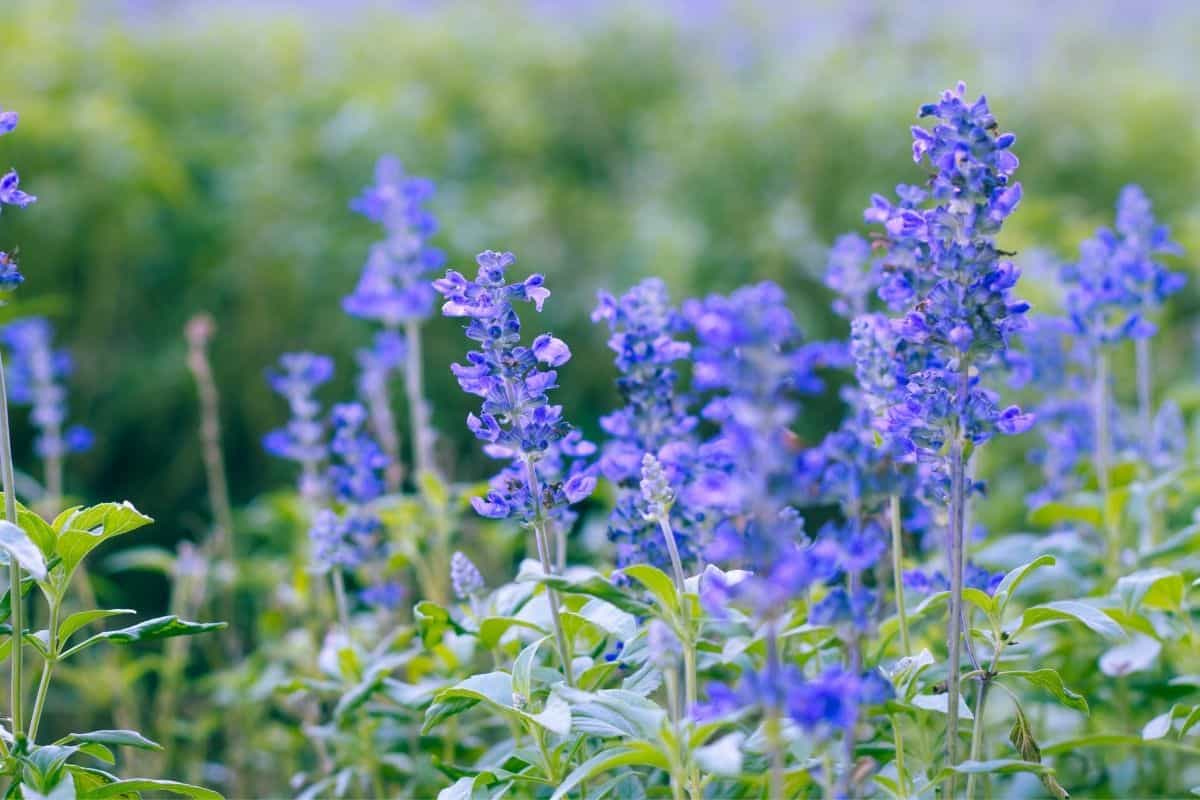
Dessert purple sage blooms in late spring and is a very showy blooming shrub with silver foliage. The flowers are blue or violet/purple.
This plant is deer and rabbit resistant, and it attracts all types of pollinators. Bees, butterflies, and hummingbirds will come to your garden to enjoy this purple sage. It’s also drought resistant/tolerant, making it a great desert plant.
It likes full sun and can grow up to 18” tall. It has a mature spread of about 14-36 inches wide. You will want to plant where the soil is rocky, sandy, or loamy, and fast draining.
7. Engelmann’s hedgehog cactus (Echinocereus engelmannii)
This plant is sometimes also called strawberry hedgehog cactus. It’s commonly found in desert areas like Nevada, California, Utah, Arizona, and certain parts of Mexico.
The hedgehog cactus grows in clusters with up to 20 or more stems and the bright flowers are a magenta color. It blooms from April to late May, depending on location and the flowers are on the upper half to one-third of the stem. They can grow up to 3 1/3 inches long and have dark-green stigmas.
Hedgehog cactus also has a spiny fruit that is first green but will become pink and dry out when it’s ripe. The seeds are black and very small.
8. Buckhorn cholla (Cylindropuntia acanthocarpa)
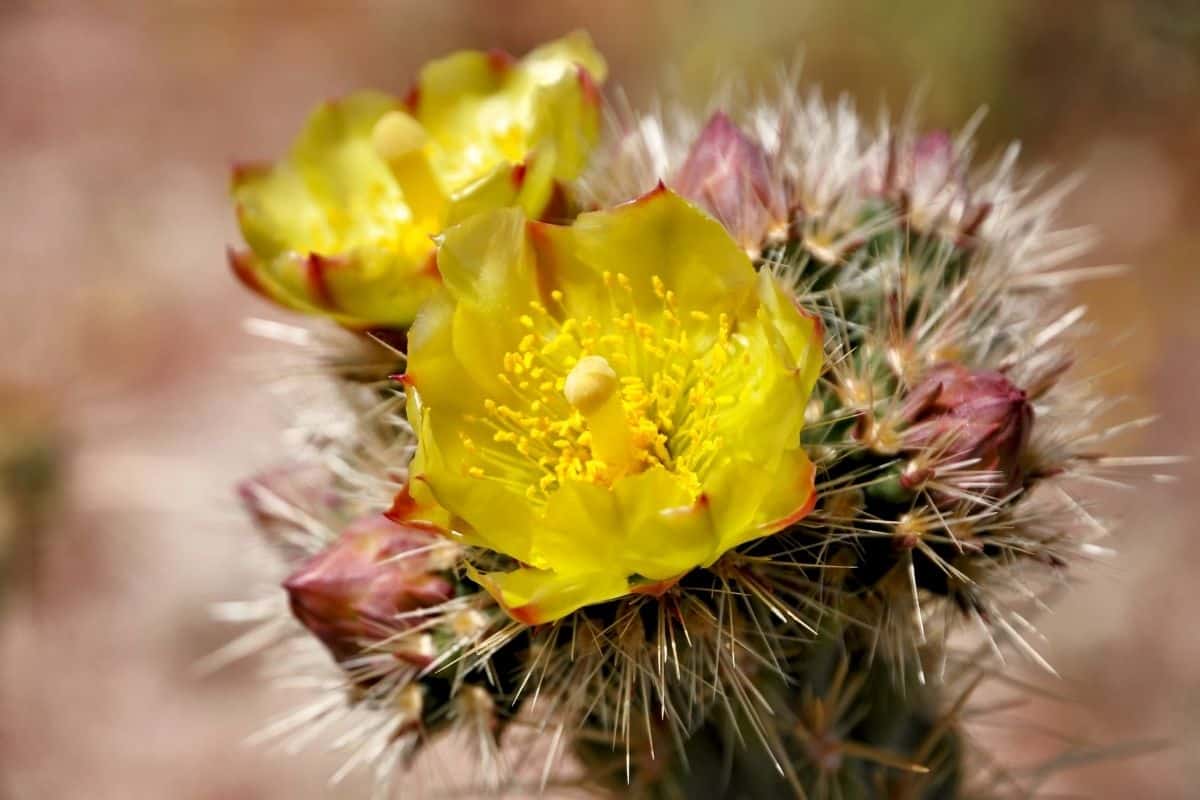
Buckhorn cholla is native to the Mojave, Sonoran, and Colorado deserts. It’s one of the most common cholla found here in the Nevada desert. This plant is large, and tree-like in places like California, and the more east you go, the smaller and more bush-like it appears.
It’s covered in short brown spines and has yellow-green or purple-green stems. It will create a lot of branches in an unruly pattern, and it also has spiny fruits that are first green but turn brown.
9. California barrel cactus (Ferocactus cylindraceus)
California barrel cactus is also native to Nevada and is found in desert areas like Southern California as well. It’s also known as the miner’s compass or desert barrel cactus.
It’s found in rocky, sandy, or gravel soils and it can grow up to 6.6 feet in height. It has fleshy, hollow fruits that are yellow in color.
When this cactus blooms, the flowers are maroon on the outside and bright yellow inside. They have red or yellow centers on the side that faces the sun. This cactus has a unique shape that will look good in your garden or landscape and it’s very easy to care for.
10. Hairspine prickly pear (Opuntia polyacantha)
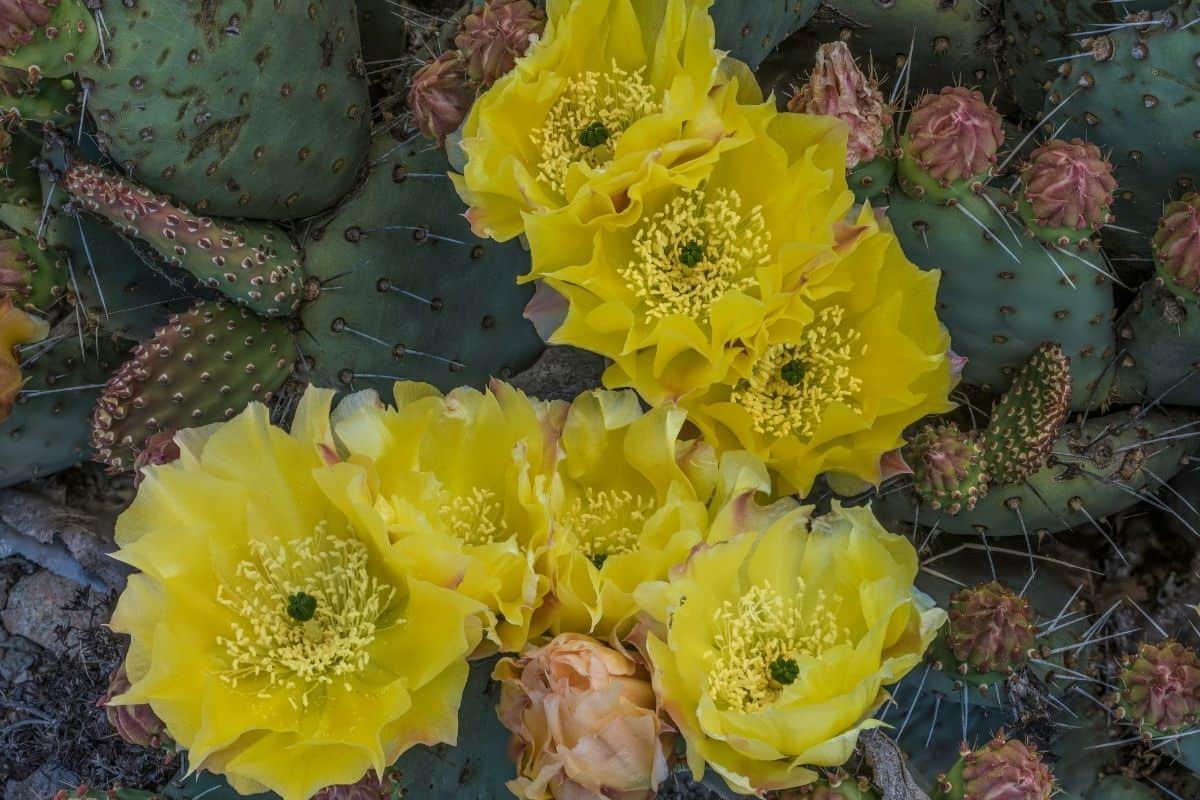
The hairspine prickly pear is another cactus native to this area. It’s also very easy to care for, as cacti are pretty self-sufficient, especially once established. This cactus also goes by the names panhandle pricklypear, plains prickly pear, and starvation pricklypear. It grows in a lot of habitat types and it’s hardy, for the most part.
It was used by Native Americans as medicine and it provides food for many types of animals such as antelope, prairie dogs, and more. It will grow in areas where land is of poor quality, such as in waste areas.
The blooms are really pretty and this cactus will work in your garden, or in a desert/dry landscape.
11. Desert globemallow (Sphaeralcea ambigua)
Desert globemallow is a pretty plant with a bit of a funny name. It is sometimes also called apricot mallow for the color and shape of the flowers. This perennial shrub is native to Nevada and similar areas in Utah, Arizona, New Mexico, and California. It’s found in the Mojave Desert and in the Great Basin. It’s also a larval host for the checkered skipper, norther white skipper, small checkered skipper, painted lady, and West Coast lady butterflies.
Native Americans and early settlers used this plant in medicine. It makes a great ornamental and does well in the desert region’s natural habitat. It prefers full sun and is tolerant of desert soil and some clay but requires good drainage. It’s easy to propagate by seed.
This is a low-maintenance plant to have in your landscape but you may need to cut back if you want to keep it in a vegetative look.
12. Creosote bush (Larrea tridentata)
Next on the list is creosote bush. This flowering plant is in the family Zygophyllaceae. It is sometimes also called greasewood and when it’s used as a medicinal herb, it is called chaparral. It typically grows from 3 to 10 feet tall, and the flowers are up to 1 inch in diameter, with five yellow petals.
Native wildlife will feed on the leaves and seeds. It does well in desert climates, likes well-drained soils, and can make a nice addition to your landscape. It’s virtually no maintenance once established.
13. Palmer’s penstemon (Penstemon palmeri)
Palmer’s penstemon is a flowering perennial with a very pretty, unique purple flower. The showy, round flowers are sure to capture attention in your garden and it’s one of few penstemons that has a scent.
It’s native to the desert areas, grows about 6.6 feet tall, and the leaves are usually arranged opposite. The flowers are typically pink to purple hues, but sometimes will be red, yellow, or white.
14. Sulfur buckwheat (Eriogonum umbellatum)
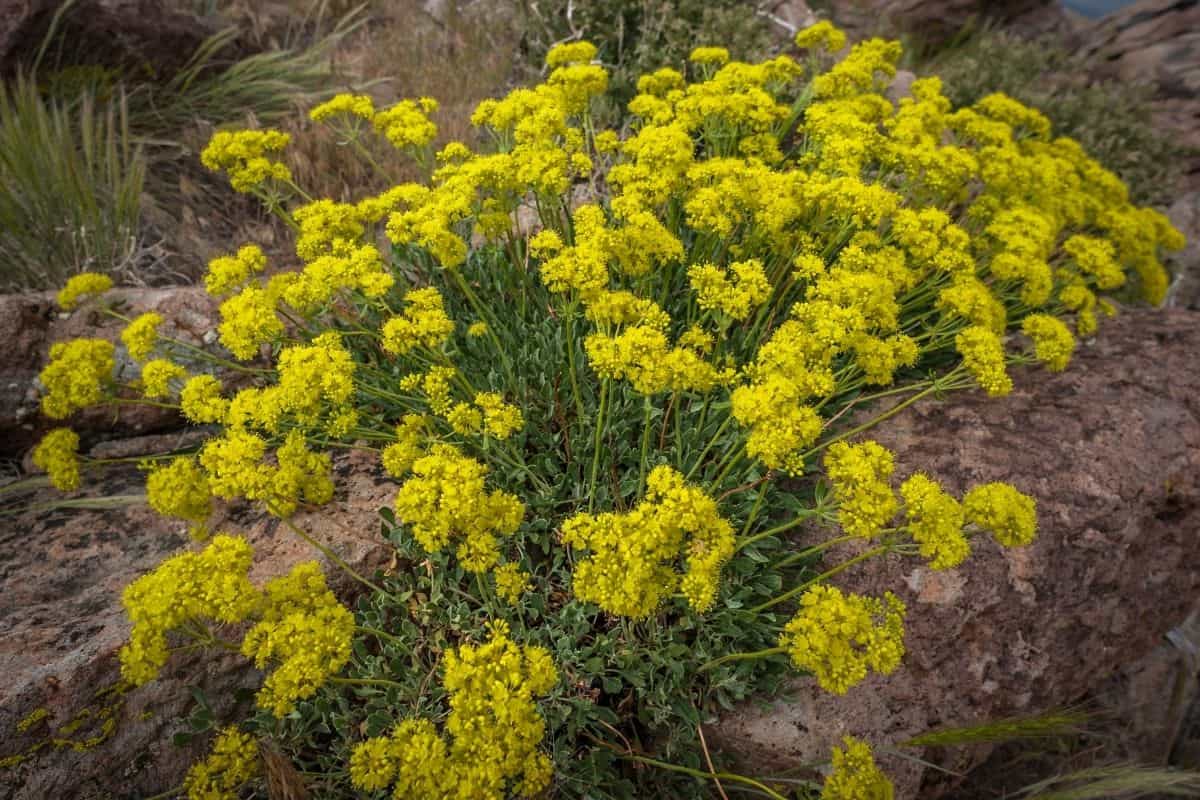
Now we have sulfur buckwheat. This wild buckwheat has some pretty yellow flowers with red centers, and it looks very similar to other species of plants in the area. This sometimes makes it hard to identify.
It’s a perennial herb that forms in clumps and it can be found in many habitats native to Nevada. It’s a popular larval host to several native butterflies and it comes in a few varieties.
15. Desert willow (Chilopsis linearis)
Desert willow is a beautiful flowering plant with willow-like leaves. The leaves are the reason it has its name, although it’s not a true willow.
It is commonly seen in the wild in washes and along wet riverbanks. Dessert willow can grow very tall and take the form of a shrub or a small tree. If you don’t want it to grow that much, just be sure to trim it down.
It tolerates drought and also hot, dry climates and can also survive in very low temperatures.
16. Western columbine (Aquilegia Formosa)
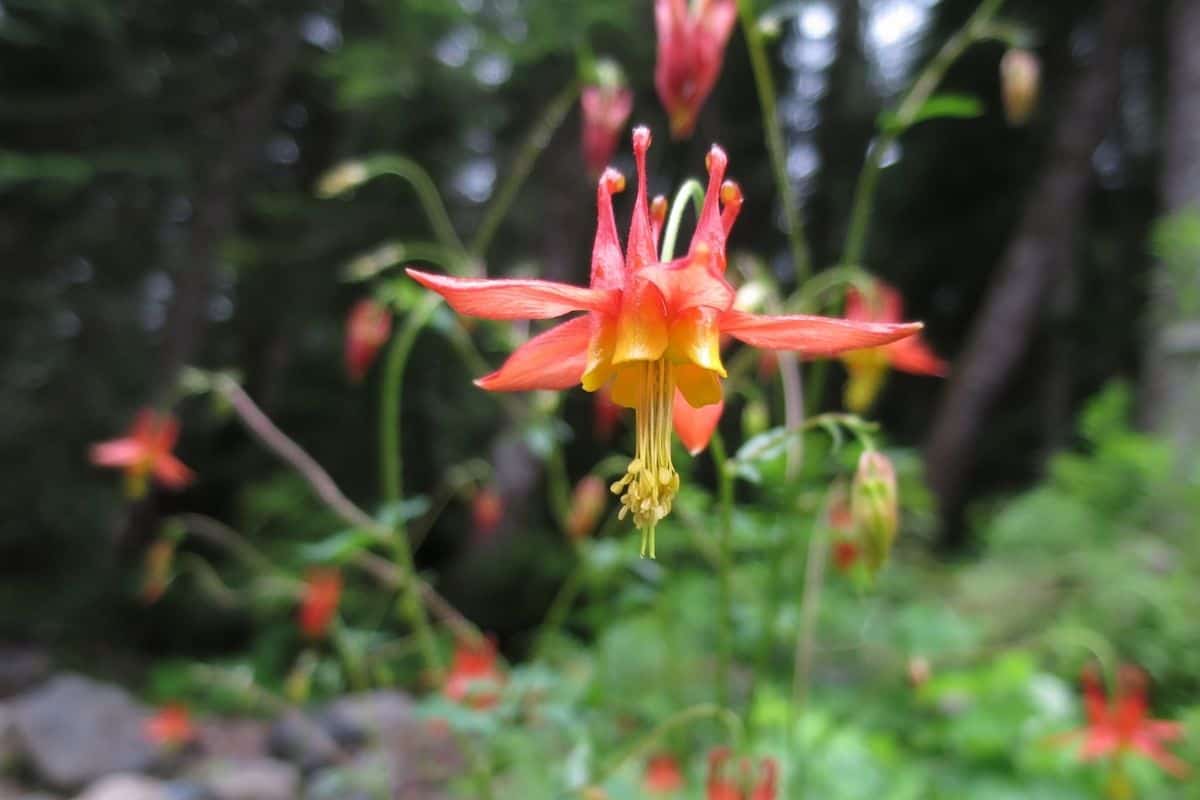
Western columbine is sometimes called red columbine for its beautiful red flower. It can grow from 20 to 80 cm in height and the flowers bloom from April to August. They have reddish-orange color, and the petal blades are yellow. It can grow to 2-3 feet tall.
The red or yellow blooms appear from May to August, and this columbine likes medium water. It prefers full sun or part shade and dry to moist soil. It can maintain itself well from seed and is low maintenance.
Another benefit to having this beautiful flower in your garden is that it attracts hummingbirds.
17. Snow plant (Sarcodes sanguinea)
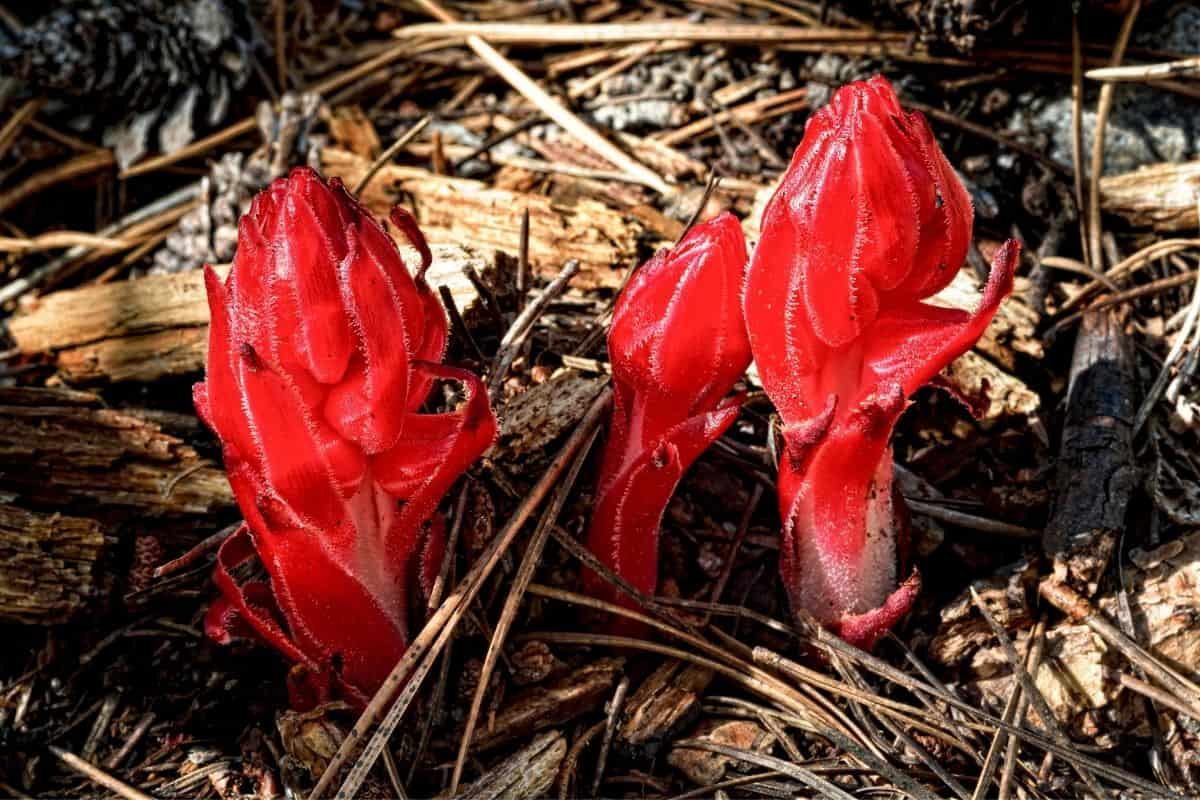
Snow plant is a perennial herb that blooms from April to July. This is one of the most unique plants you will ever see, and it won’t be soon forgotten.
It’s a flowering springtime plant that gets its nutrients from a type of fungi that attach to tree roots. It is a host-specific plant, so it won’t be easy to add to your garden without that host. It’s just so beautiful and unique, I wanted to add it to the list.
Now, let’s take a look at some common questions about native plants in Nevada. If you have additional questions that you don’t see answered here, feel free to leave a comment.
Nevada native plants list FAQ
Here are some common questions people ask about plant life in Nevada.
What kinds of plants grow in Nevada?
There are many different types of great plants that grow in Nevada. The plants that will do best are those that like arid, desert conditions. Plants like mesquite, greasewood, yucca, and over 30 varieties of cacti are some examples.
Nevada also has several crops that do well here such as potatoes, wheat, barley, corn, oats, onions, garlic, and honey.
What are some native trees in Nevada?
There are several native trees in Nevada. These include beech, birch, buckthorn, citrus, cypress, dogwood, heath, laurel, olive, pea, pine, rose, soapberry, walnut, and willow families of trees. Within each of these families, you’ll see different trees included.
How can I start a native garden?
If you want to start a native garden, a good place to begin is to get an audit done on your property. This will help you understand the type of soil you have and the condition of it, where and for how long the sun hits certain areas of your property, and what native or invasive plants you may already have on your property.
After this, you can begin planning your garden. You can match plants to your site, group similar plants together for the best results, and define your space. If you’re unsure how to go about all the different moving parts involved in a native garden, you can hire an expert to help you set it up. Then all you have to do is maintain it.
Native Plants Of Other States
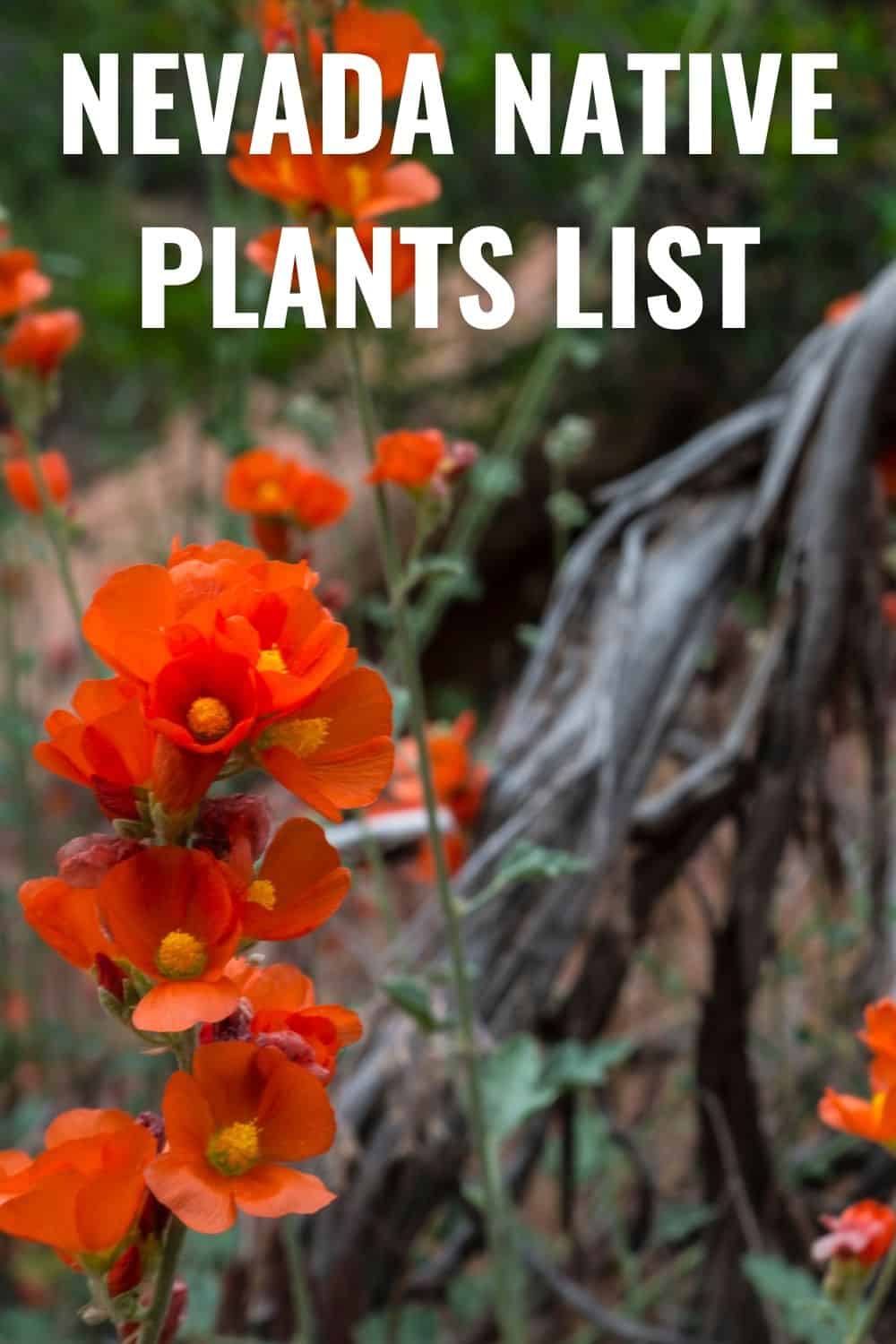

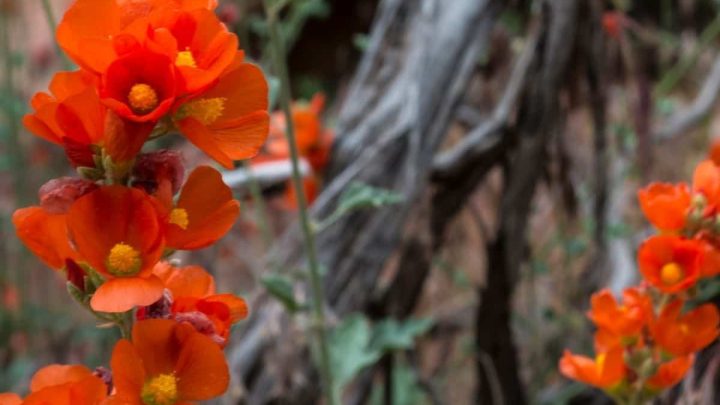



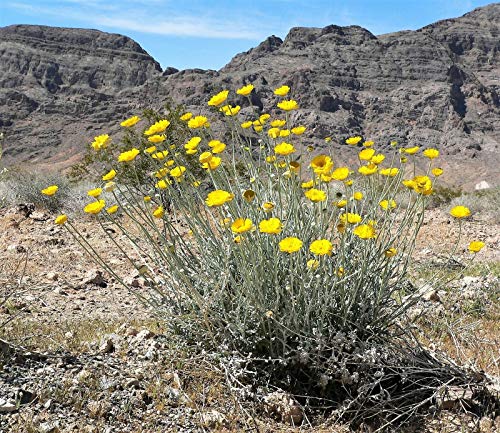








Oregon Native Plants List: 14 Perfect Pacific Northwest Flowers
Tuesday 14th of February 2023
[…] Nevada native plants […]
Arizona Native Plants List: 10 Of The Grand Canyon State's Most Remarkable Floral Representatives
Tuesday 14th of February 2023
[…] Nevada native plants […]
Jo Duthie
Friday 24th of June 2022
I read that Virginia Creeper is not native, but is invasive in Nevada. Is that true?
Adriana
Friday 24th of June 2022
Not true. Here's more information from the Audubon Society